Speak and Act with Data
Irrespective of the type of industry or nature of business, Quality Management tools and programs including Lean, Six Sigma, Kaizen, ISO 9000 & BPM all share one fundamental dependency. It’s called data.
Whilst approaches, techniques and duration of these programs will differ, data, on the other hand, will always be the sole voice of authority when it comes to making the right decisions and taking appropriate actions.
Data Types
Invariably, there are two types of data applied in most business improvement initiatives. Data collected for this purpose falls into Attribute (or Absolute) type data or Variable (Continual) type data.
Attribute or Absolute Data is obtained by measuring a characteristic that you can actually count e.g. number of defects is a type of attribute data.
Variable or Continual Data on the other hand, is obtained by measuring characteristics that change gradually. Example of variable data could be the measuring of viscosity (or thickness) of paints or fluctuating humidity and temperature of a controlled atmosphere room.
Understanding the difference between the two sets of data will help you decide what type of data to measure, why you need to measure it and hence the kind of decision to be made with each set of measured data.
Attribute data tends to look at whether or not something is done or achieved (a kind of yes or no), whereas with variable data we need to look for the variations of the values or how repeatable is the result. It helps answer the question, “Are we getting better or worse?”
The Rules of Data
Data however has one serious flaw. It can be overwhelming. So to avoid getting swamped in spread sheets of “data”, you can apply 4 simple rules to good effect.
These Rules state that data for Business Improvement purposes must always be:
Relevant: to the process or system we are trying to improve
Reliable: in collection, recording and accuracy
Representative: of the situation we are examining or trying to improve
Readable: be clear, understandable and usable
What gets measured gets Managed, and that’s a fact.
——————————-
For more resources, see our Library topic Quality Management.
——————————-
About Brian Venge
==============
I’ve spent 21 years in a career built around 4 multinational companies involved in manufacturing and service related industries (Nestle, Unilever, Vodafone and Crown Cork). In conducting several high profile Business Improvement projects across 5 continents and 12 countries, I discovered there is one universal translation to Continuous Improvement and it’s called Value Creation.
My new book , “Pimp Your Biz – The Complete Guide to Improving Your Business Under Any Circumstances”, a DIY Business Improvement guide, decodes this formula.
I now create corporate videos and involved in corporate video editing














